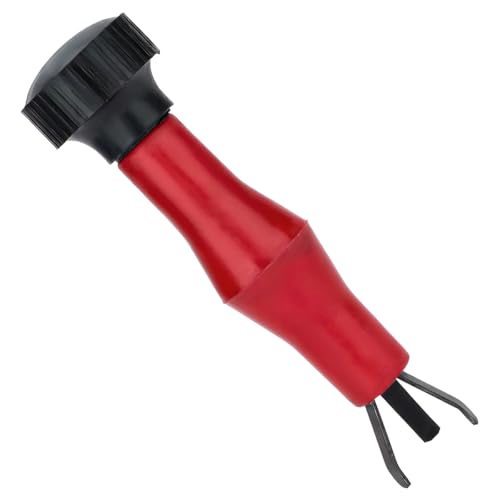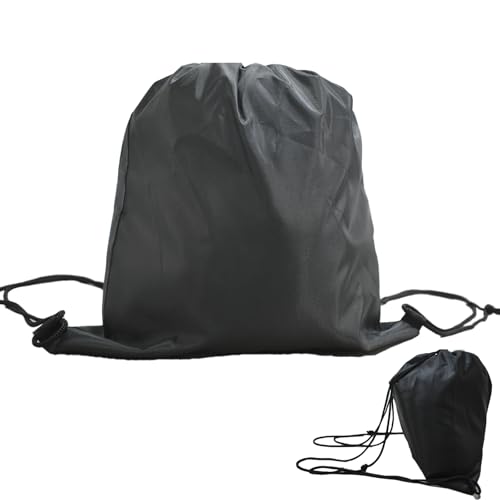apratt
Well-known member
> Didn't they replace the head in the Aussie bulliten ... ?
No, I don't think that was the recommendation in the Australian bulletin. They recommended replacing the guides and valves using a "new" valve - different part number. They thought this was caused by the guide and valve being of incompatible materials. Since there have been tickers in all years since 2001, this is not seen as a permanent fix today. See the articles at my FJR tick page to find an image of the bulletin:
www.bestbits.org/fjr1300
The latest development in tick repair is a new part number for replacement valve guide seals. I don't know enough about engines to know what that implies by way of root-cause analysis: if a guide seal fails, what happens? Could the guide start to move around, and would that permit more contact between the guide and stem, leading to abrasion and the excessive play we've seen? If a case can be made for this, then I'll have more confidence that new seals will fix this once and for all.
No, I don't think that was the recommendation in the Australian bulletin. They recommended replacing the guides and valves using a "new" valve - different part number. They thought this was caused by the guide and valve being of incompatible materials. Since there have been tickers in all years since 2001, this is not seen as a permanent fix today. See the articles at my FJR tick page to find an image of the bulletin:
www.bestbits.org/fjr1300
The latest development in tick repair is a new part number for replacement valve guide seals. I don't know enough about engines to know what that implies by way of root-cause analysis: if a guide seal fails, what happens? Could the guide start to move around, and would that permit more contact between the guide and stem, leading to abrasion and the excessive play we've seen? If a case can be made for this, then I'll have more confidence that new seals will fix this once and for all.





















































